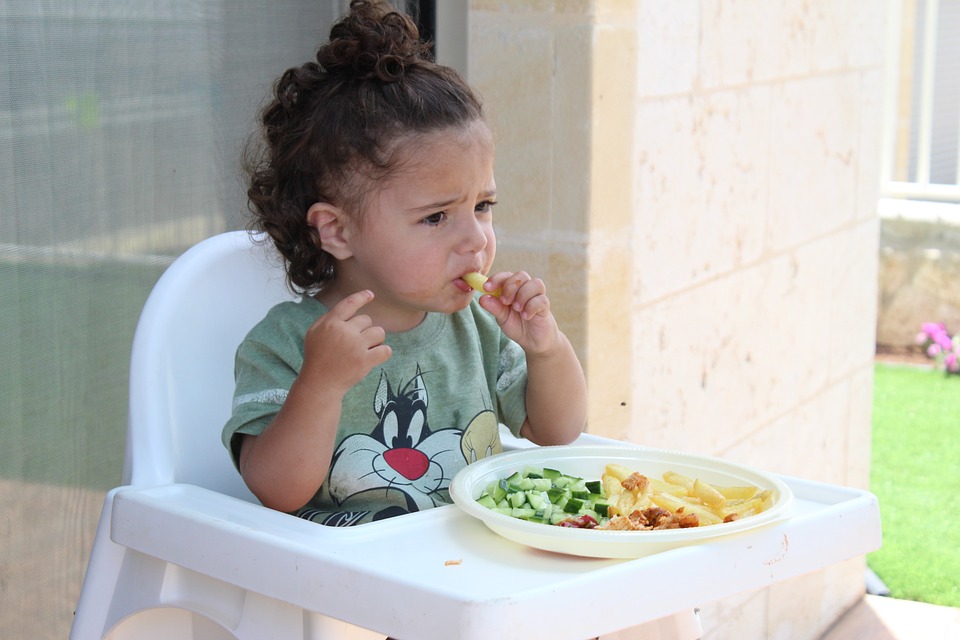Every parent wants their child to be healthy, strong, and well-nourished. When a child refuses to eat, it can be incredibly stressful, leading many well-intentioned parents to resort to the “one more bite” rule. However, the practice of force feeding a child—whether through coaxing, bribing, or pressuring—can have significant, long-lasting negative consequences that go far beyond the dinner table.
Understanding the dangers of overfeeding a child is the first step toward building a healthier relationship with food for your little one. This article explores the risks and offers gentle, effective strategies for happier mealtimes.
Table of Contents
Why Do Loving Parents Force-Feed?
It’s crucial to acknowledge that force-feeding almost always comes from a place of love. Common reasons include:
- Worrying the child isn’t getting enough nutrients.
- Concern that they are underweight or will get sick.
- Feeling pressure from family members or cultural norms.
- Frustration after spending time preparing a meal that gets rejected.
While these concerns are valid, the method used to address them can create a cycle of problems.
5 Dangers of Forcing a Child to Eat
Pressuring a child to eat can disrupt their innate ability to regulate their food intake and can harm their emotional well-being.
1. It Teaches Them to Ignore Hunger & Fullness Cues
Children are born with an amazing ability to know when they’re hungry and when they’re full. Force-feeding teaches them to ignore these internal signals. They learn that the endpoint of a meal isn’t feeling satisfied, but rather when the plate is empty or the parent is happy. This can lead to a lifelong struggle with portion control and is a primary risk factor for disordered eating.
2. It Creates Negative Associations with Food
Mealtimes should be a positive experience. When they become a battleground, the child begins to associate food with stress, anxiety, and conflict. This can turn a picky eater into a problem feeder and create a deep-seated aversion to certain foods, or even mealtimes in general.
3. It Increases the Risk of Childhood Obesity
One of the most significant dangers of overfeeding a child is the increased risk of obesity. By overriding their natural “I’m full” signal, you are teaching them to consistently eat more than their body needs. This pattern, established in childhood, can be very difficult to break later in life.
4. It Can Damage the Parent-Child Relationship
Trust is the foundation of a healthy parent-child relationship. Forcing a child to do something against their will, especially something as fundamental as eating, can erode that trust. It turns you from a trusted caregiver into an adversary, creating power struggles that can spill over into other areas of their life.
5. It Doesn’t Solve Picky Eating
While it may seem like you’re “winning” the battle by getting them to eat that piece of broccoli, you’re losing the war. True food acceptance comes from curiosity and positive exposure, not from force. A child who is forced to eat a vegetable is highly unlikely to choose to eat it on their own later.
What to Do Instead: Gentle Alternatives
So, how to stop force feeding and encourage healthy eating? The key is to shift your role from “enforcer” to “provider.” This approach is often called intuitive eating for kids.
- Trust Their Tummy: Believe your child when they say they are full. Their appetite will vary from day to day, and that’s completely normal.
- You Provide, They Decide: Your job is to provide a variety of healthy food options at regular meal and snack times. Your child’s job is to decide what and how much they will eat from the options provided.
- Keep Mealtimes Low-Pressure: Talk about your day, not about how many bites of peas they’ve eaten. A relaxed atmosphere encourages eating.
- Serve Family Style: Allow children to serve themselves. This gives them a sense of control and helps them learn appropriate portion sizes.
- Model Healthy Eating: Be the example. When your child sees you enjoying a wide variety of nutritious foods without fuss, they are more likely to follow suit.
When to Seek Professional Help
While most picky eating is a normal developmental phase, you should consult a pediatrician or a registered dietitian if your child:
- Is consistently losing weight or not gaining weight appropriately for their age.
- Exhibits extreme food-related anxiety, such as gagging or vomiting at the sight of new foods.
- Has a very limited diet of fewer than 20 foods and is unwilling to try anything new.
- Shows signs of nutritional deficiencies, like extreme fatigue or lethargy.
These could be signs of a more serious issue, like an underlying medical condition or a pediatric feeding disorder.
Disclaimer: The information provided in this article is for informational purposes only and is not intended to be a substitute for professional medical advice, diagnosis, or treatment. Always seek the advice of your physician or other qualified health provider with any questions you may have regarding a medical condition.
Published on September 15, 2019 and Last Updated on October 20, 2025 by: Priyank Pandey
Get real time update about this post category directly on your device, subscribe now.


